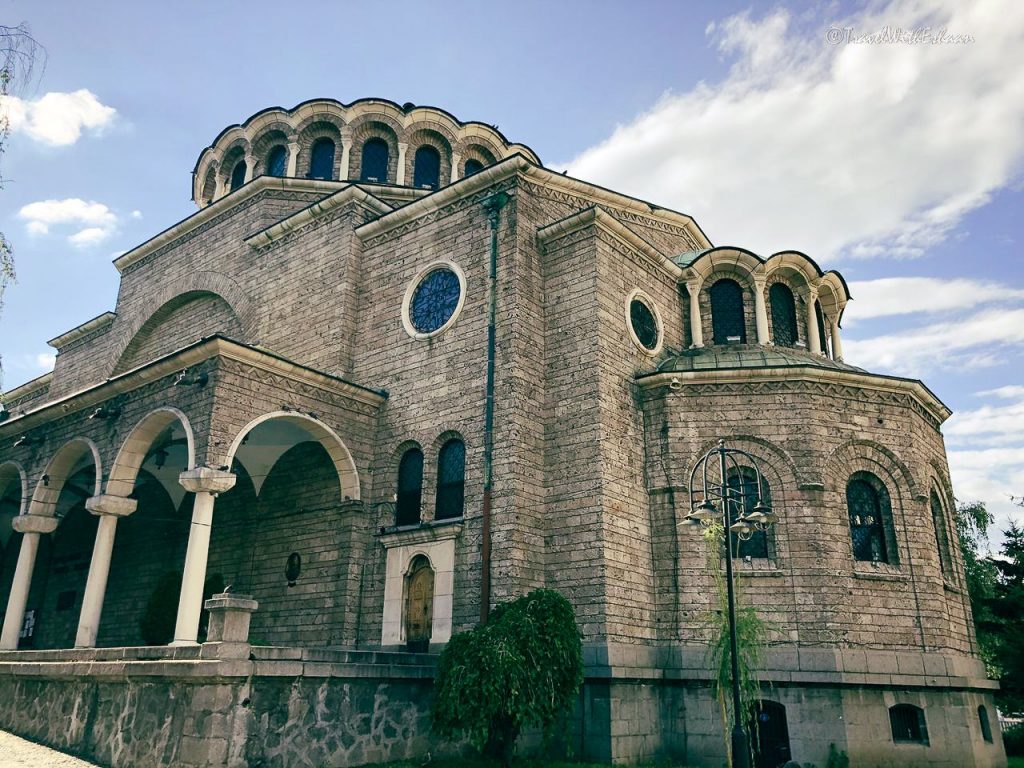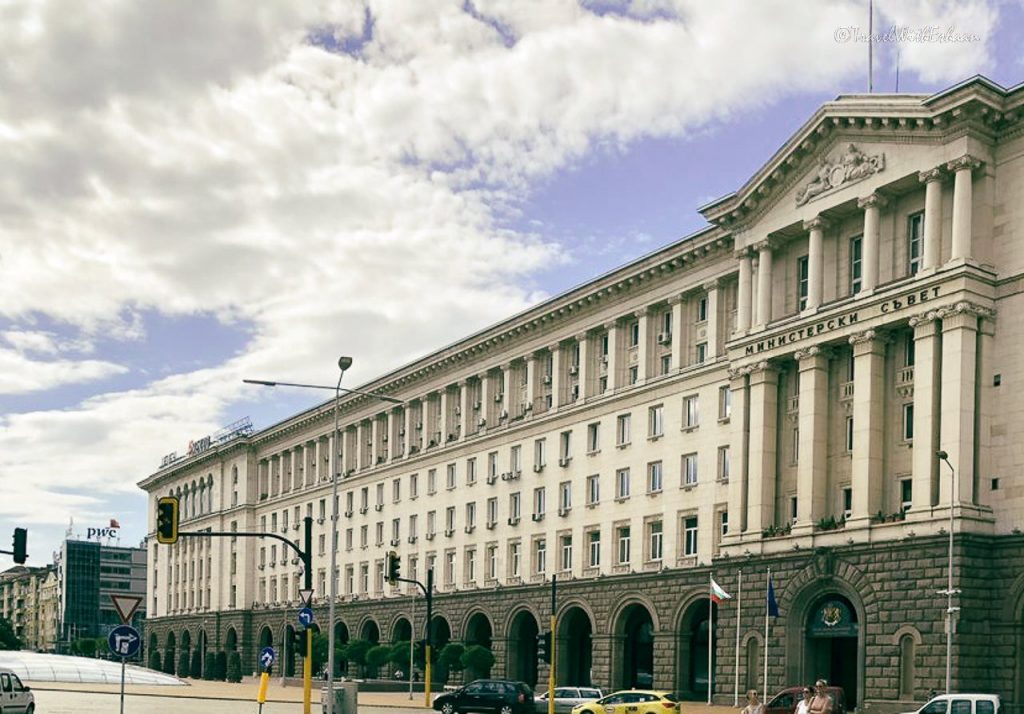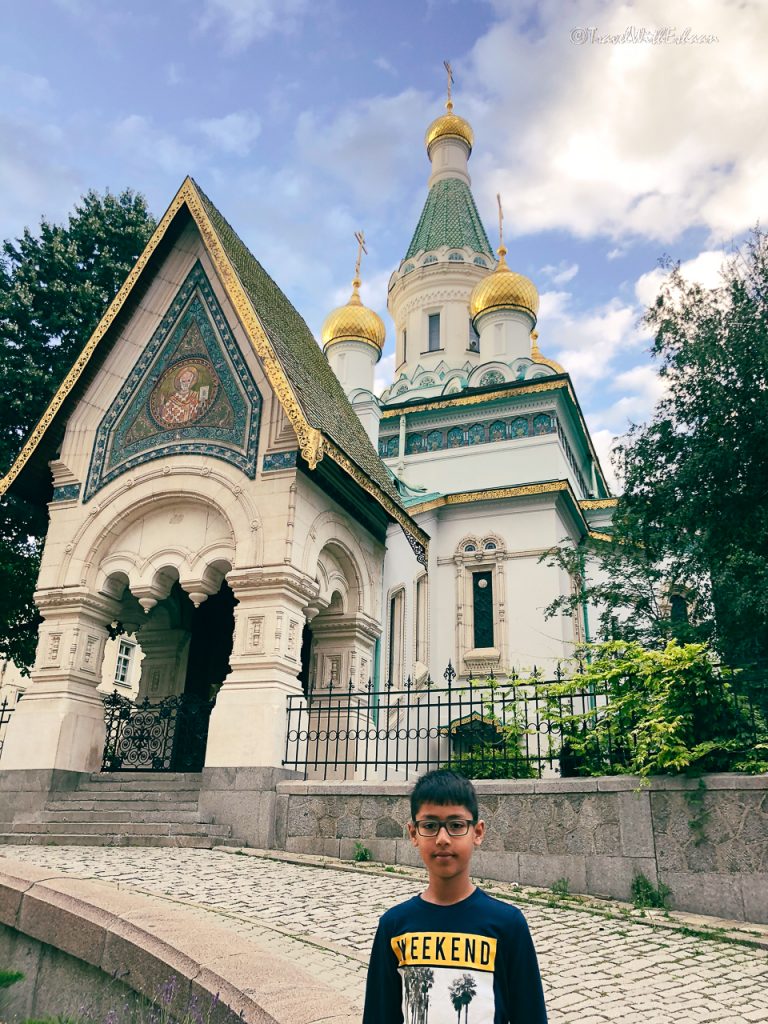
We visited Bulgaria in the summer of 2018 as part of our Europe trip. We were traveling from Belgrade, Serbia, to Skopje, Northern Macedonia, and decided to visit Sofia, Bulgaria on the way. Our reasons were firstly, proximity to Serbia, and secondly, its churches and mosques.
We were at the Serbia-Bulgaria border after a long drive. What was ahead of us didn’t help our spirits. A caravan of cars. It would be a while until we crossed. There are a lot of people who visit Bulgaria. People from Turkey, Ukraine, Serbia, Russia, and Macedonia to list a few. We got back on the road, and after a mountainous drive, we arrived in Sofia. Luckily, most attractions in Sofia are within 3-4 miles from the city center. This is because the city center is packed with sites.
Starting with the government buildings. Quite like Washington D.C, the city center in Sofia is defined by these government agencies. The only difference was that Sofia was once Communist, and therefore the buildings were in the communist style: grand for the government, drab and featureless for everyone else. The first building we saw was the former Communist Party headquarter building. It was a building similar to the Supreme Court Building in Washington D.C if the whole of the right wing was cut off and was put onto the left wing (I guess they wanted to root out right wing politics), with columns supporting a triangle on the top, while the wing was undecorated. The whole building was made of marble. Did I mention that there were two of them? Two duplicates across the street. At the end of the street was basically the same building, but with a tower on the front. The street also had these glass bulges on them. Come to think of it, it was a weird street.
You’d think a nation ruled by the Ottomans for centuries would have more influence in Bulgaria, but the only functioning mosque in the whole of Sofia was the Banya Bashi Mosque, which closely resembled the Hagia Sophia. It makes sense though, considering even the constitution of Bulgaria considers the “traditional” religion of Bulgaria to be Bulgarian Orthodox.
After that, we visited the Sofia Regional History Museum, not because of the museum itself, but because of its architecture, which looked like the building was chopped into many thin pieces, then reassembled so that there were visible parallel lines on the building, which had three domes, one central, and two on the far wings which were stuck onto the red roofed building.
We then visited the St. Nedelya church, an extremely beautiful building that proved that you didn’t need a lot of colors to produce a lot of beauty. The building is completely made of stone brick around the color of dark wood. It had many different windows scattered across the building, and two domes jut out of the building.
On the way to our eventual destination, we visited buildings such as the Sofia Courthouse, and the National Art Gallery, both gigantic, grand edifices. Our destination was the Russian church. It’s real name is the Church of Saint Nicholas, but it was made in the Russian style: onion domes of gold, and huge tower spires. The reason is simple. The Russian Church was made by the Russians from 1907 to 1914. It was built over the ruins of a mosque. How fitting.
Tips:
- Varna: If we had more time, we would visit Varna, a coastal resort town with beautiful beaches.
- Food: We ate at the local McDonalds, since it was hard for us to find Bulgarian food near the city center.


